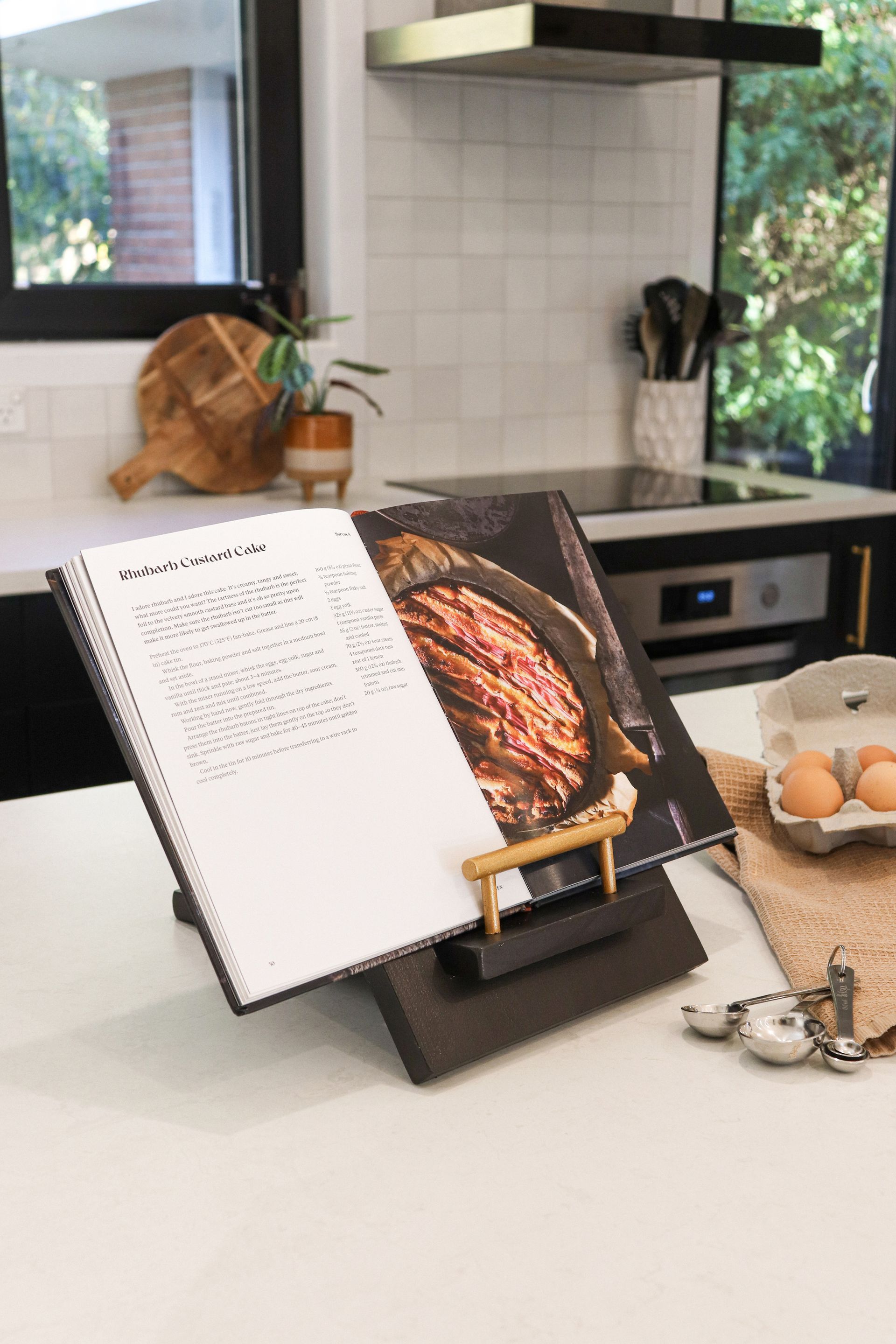Over 10 years of research and development have gone into perfecting the EGO Power+ Multi-Tool System. An industry-leading power plus platform, and as the exclusive supplier of the range in New Zealand, Mitre 10 is proud to provide the first line of cordless outdoor equipment with the power and performance of petrol, but without the noise, fuss and fumes.
‘Just load the battery and get to work,’ explains Simon Lye from Mitre 10 MEGA Ashburton. ‘Switching attachments is quick, easy and safe. It is a revolution for landscaping and garden maintenance.’ The 56V ARC Lithium battery works with all EGO Power+ tools: be it the hedge trimmer, chainsaw, mower or blower. Simply select which one you want to use, click in the universal battery and ‘get it done right’.
The technology of recharging the EGO battery is also industry leading – providing longer run times and an efficient charge ensuring you are back on the tools in as little as 30 minutes.
Other benefits include the ergonomic design for comfort and the use of a battery harness to allow the weight of the tools to be carried on your back for extended use. Its resistance to dust and capability to be used in extreme weather further enhances appeal, allowing you to tackle any job in almost any condition.
‘EGO is one of the world’s largest tool manufacturers and prides itself on innovation,’ concludes Simon. Their patented ARC Lithium technology makes this impressive range the most advanced in the industry. ‘You get the power of petrol and longer running times, no matter which EGO tool you use.’
For more information, call down to Mitre 10 Mega Ashburton where the friendly staff can assist. Visit mitre10.co.nz.
Recent stories



All Rights Reserved | CountryWide Media



